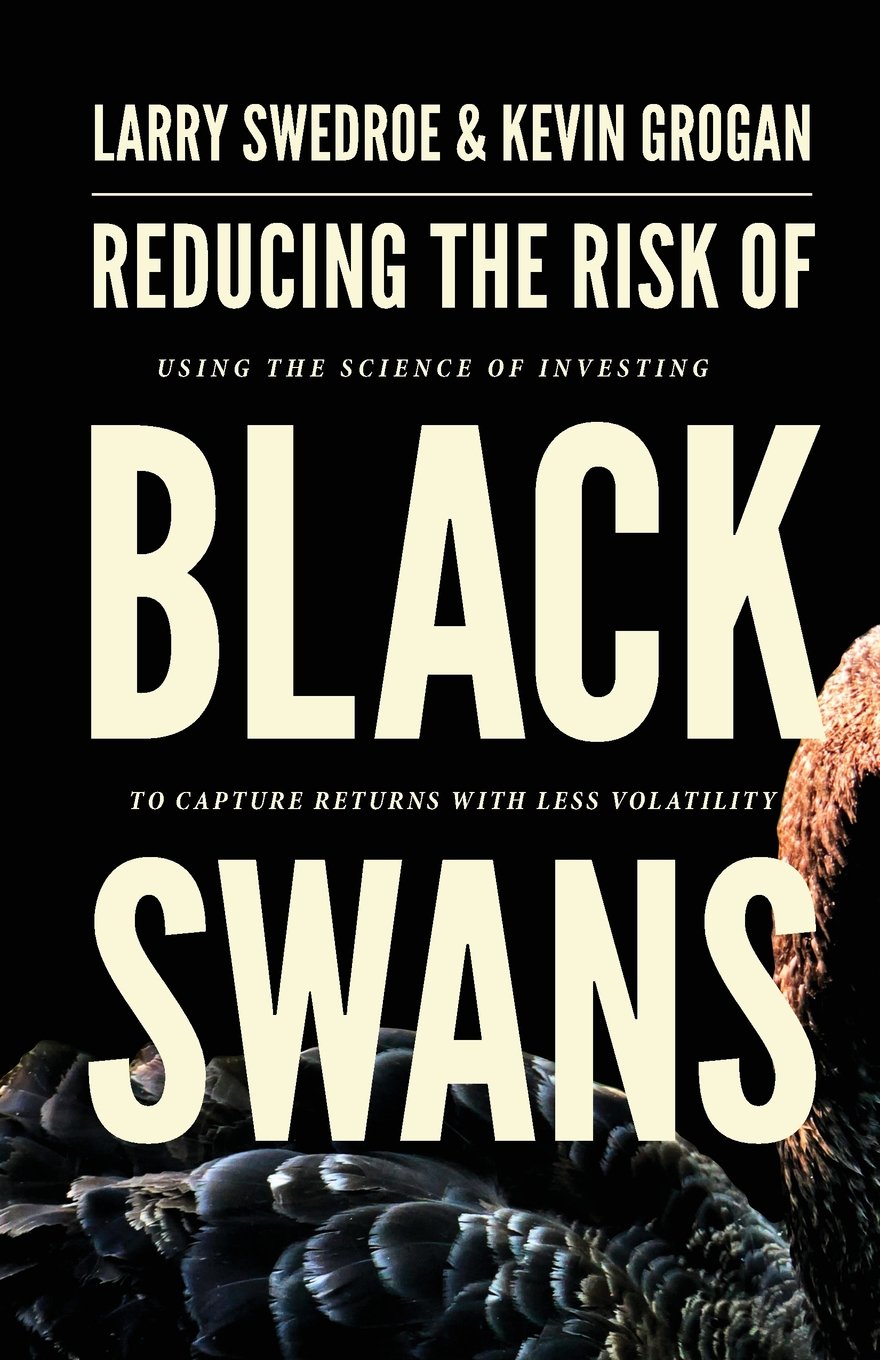 This is a very short book. I read the whole thing in 40 minutes. ?It has one main idea: what if you could create a less variable portfolio that returns as much as the traditional 60%?S&P 500,?40% Barclays Aggregate blend? ?Wouldn’t you want that?
This is a very short book. I read the whole thing in 40 minutes. ?It has one main idea: what if you could create a less variable portfolio that returns as much as the traditional 60%?S&P 500,?40% Barclays Aggregate blend? ?Wouldn’t you want that?
Most of us would want that. ?I would want earning more at the same level of volatility as the market, but that is another matter.
The authors take us through a variety of backtests, showing us portfolios that did well in the past, if you had invested in them.
They show how investors could have done better by tilting their portfolios toward value socks, small stocks, and international stocks, eventually showing a portfolio invested 60% in 5-year Treasuries, and 40% in stocks that tilt small, value, and international.
Voila! Same returns, with less volatility than the?60%?S&P 500,?40% Barclays Aggregate blend.
But there is a catch here. ?This is the past being amplified — will the future be the same? ?Value stocks are undervalued on average, and small stocks outperform on average, but what if you are in an environment like now, where small stocks are overvalued, value is neutral to undervalued? ?Tilt to value, yes, but maybe don’t tilt small.
Also, with yields so low on five-year Treasuries at 1.65%, that should be reflected into the future for the strategy, so maybe the amount of bonds should be reduced?
The biggest weakness that the book has, and this is true of many books, is that it follows a mean-variance framework. ?The market is far more volatile than a normal distribution, with crises happening far more frequently than a normal distribution would anticipate.
Quibbles
Investing is not a science; it is an art. ?Our principles are vague and subject to many forces beyond our recognition and control.
They make the rookie mistake of describing the calculation of long-term investment returns as a arithmetic mean (Page 16). ?Pros do a geometric mean, which calculates the continuously compounded average return of a buy-and hold investor.
On page 18, their explanation of correlation is weak. ?That said, even great publications like The Economist have blown that in the past, then using my explanation of correlation verbatim (back in the mid-90s).
Summary
This is a good book as it teaches you to tilt you portfolios to value and small companies on average. ?The person who would benefit most from this book is someone who wants to get more out of his investments, but doesn’t want to spend a lot of time on it. ?If you want to, you can buy it here:?Reducing the Risk of Black Swans: Using the Science of Investing to Capture Returns with Less Volatility.
Full disclosure: The PR flack?asked me if I would like a copy and I said ?yes.?
If you enter Amazon through my site, and you buy anything, I get a small commission.? This is my main source of blog revenue.? I prefer this to a ?tip jar? because I want you to get something you want, rather than merely giving me a tip.? Book reviews take time, particularly with the reading, which most book reviewers don?t do in full, and I typically do. (When I don?t, I mention that I scanned the book.? Also, I never use the data that the PR flacks send out.)
Most people buying at Amazon do not enter via a referring website.? Thus Amazon builds an extra 1-3% into the prices to all buyers to compensate for the commissions given to the minority that come through referring sites.? Whether you buy at Amazon directly or enter via my site, your prices don?t change.
